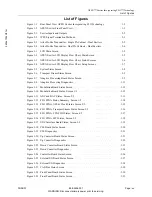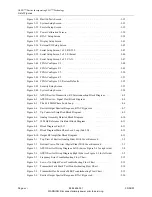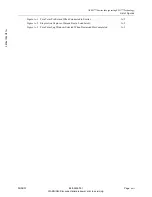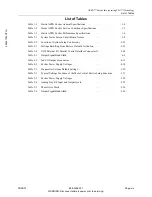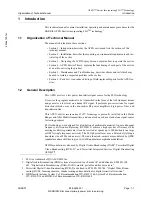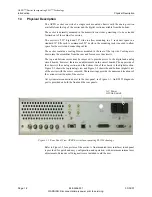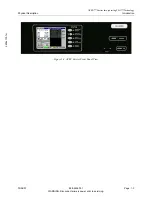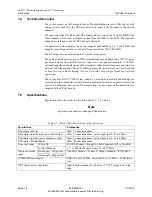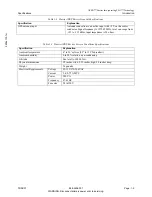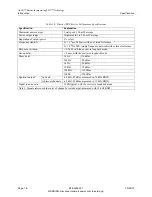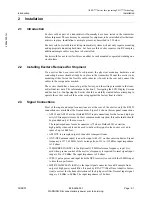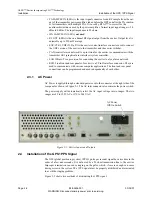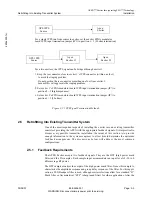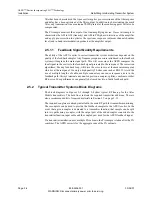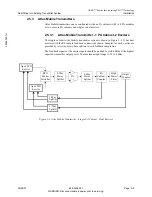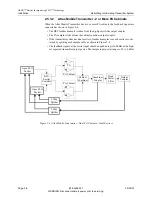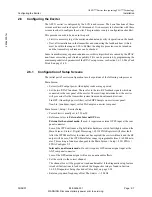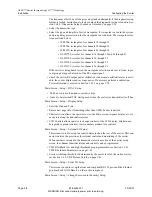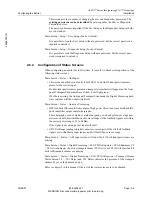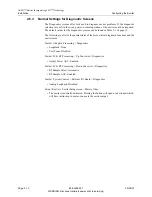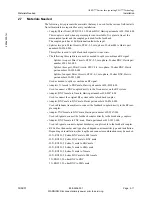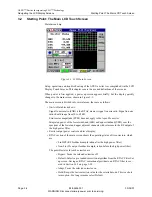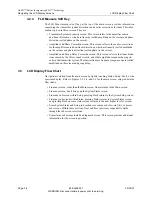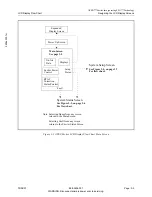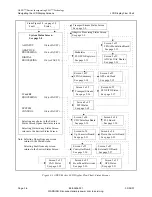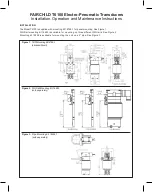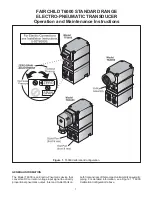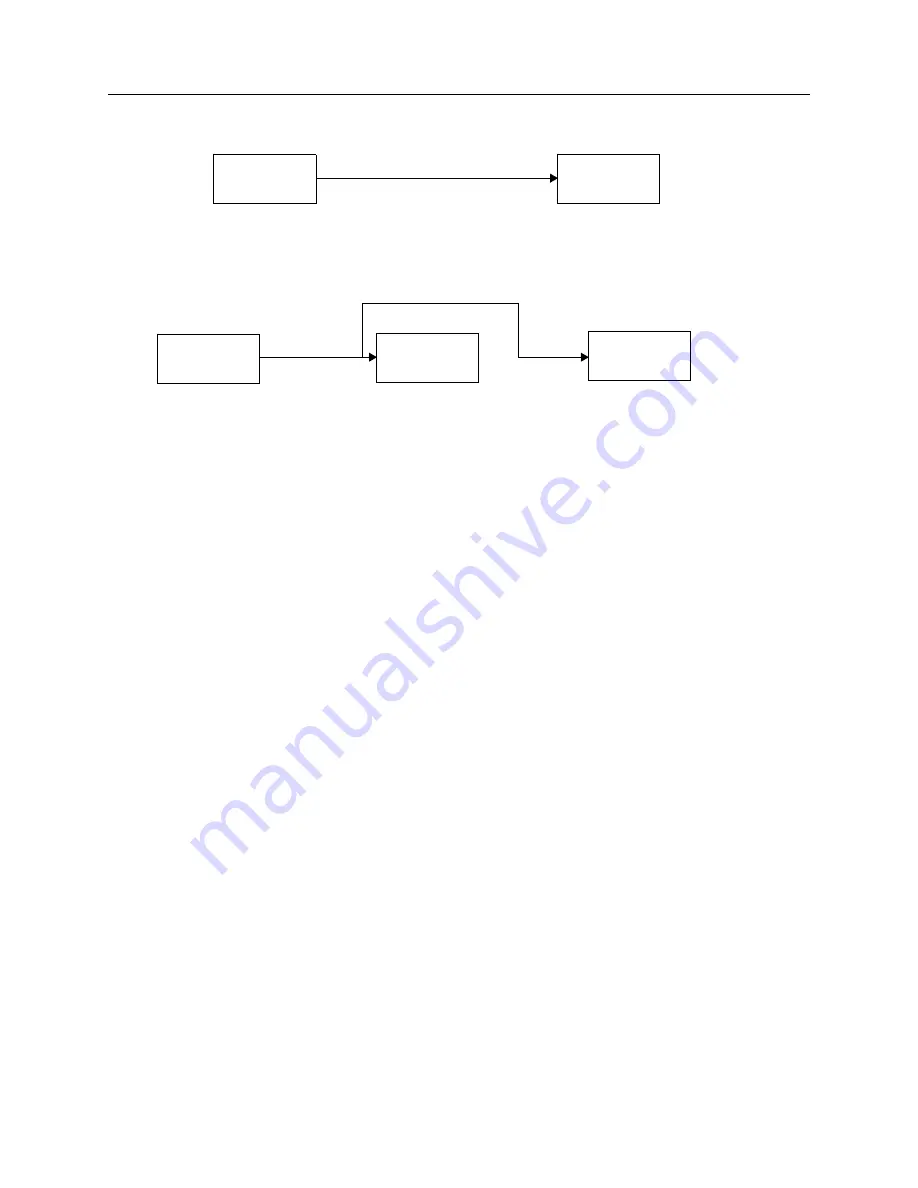
APEX
™
Exciter Incorporating FLO
™
Technology
Retrofitting Into Existing Transmitter System
Installation
26
04s20
0.fm
03/08/07
888-2604-001
Page: 2-3
WARNING: Disconnect primary power prior to servicing.
Figure 2-2 1PPS Signal Termination Methods.
2.5
Retrofitting Into Existing Transmitter System
One of the most important aspects of installing the exciter into an existing transmitter
consists of providing the APEX with the appropriate feedback signals. It is impractical to
discuss every possible transmitter installation, the intent of this section is to provide
enough information to the systems engineer to allow him to determine the optimum
feedback arrangement. The discussions below will address the most common
configurations.
2.5.1
Feedback Requirements
The APEX Exciter accepts two feedback signals. They are the HPF (high power mask
filter) and the PA samples. Each sample input accommodates an input level of -30 to 0
dBm average RF power.
The HPF sample monitors the output of the high power mask filter. It uses this sample to
characterize the amplitude response and group delay response of the filter. For this appli-
cation, a FLO Bandpass filter is used, although exciter selections allow for a standard “D”
Mask filter or Asymmetrical “STF” (sharp tuned filter) for other applications. After the
GPS 1PPS
Source
Apex
Exciter
For a single 1PPS run from source to exciter, set the exciter FPGA modulator
board 1PPS input termination jumper (JP1) to position 1 - 2 (50 ohm termination).
GPS 1PPS
Source
Apex
Exciter #2
Apex
Exciter #1
For a two exciters, the 1PPS signal can be bridged through exciter 1,
1. Keep the tee connector close to exciter 1’s 1PPS connector (within one foot)
position 2 - 3 (high impedance).
to avoid the ringing problem.
3. Set exciter 2’s FPGA modulator board 1PPS input termination jumper (JP!) to
position 1 - 2 (50 ohms).
2. Set exciter 1’s FPGA modulator board 1PPS input termination jumper (JP!) to
Do not position the tee connector more than one foot from exciter 1,
because this will aggravate the ringing problem.

